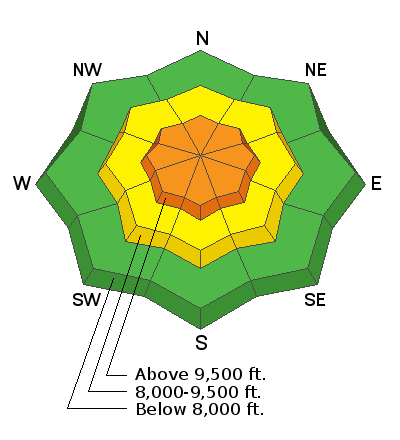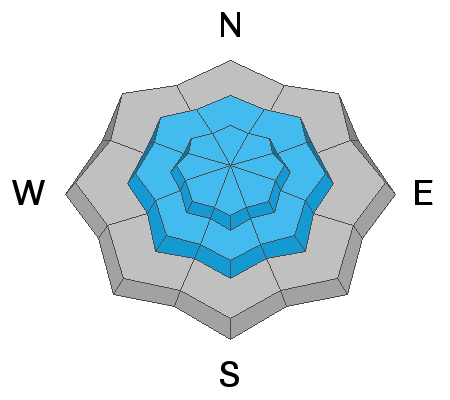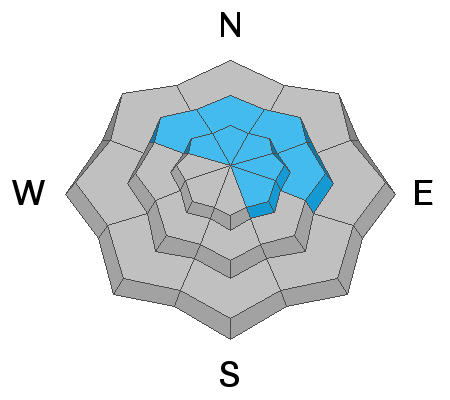Forecast for the Salt Lake Area Mountains

Issued by Trent Meisenheimer on
Monday morning, February 11, 2019
Monday morning, February 11, 2019
The avalanche danger is CONSIDERABLE on and below steep, wind drifted slopes at all upper elevations. Human triggered avalanches are likely and natural avalanches may be possible.
- New and old wind drifts can be triggered on all steep upper elevation slopes.
- Avoid being on and below heavily corniced ridgelines.
- Watch for new snow soft slabs and sluffs in steep terrain.
- There remains the isolated chance of triggering a deeper avalanche, especially in shallow snowpack areas.
Wind sheltered, mid elevation terrain has a MODERATE danger with 5 star turning and riding conditions on slopes under about 35° degrees.

Low
Moderate
Considerable
High
Extreme
Learn how to read the forecast here









